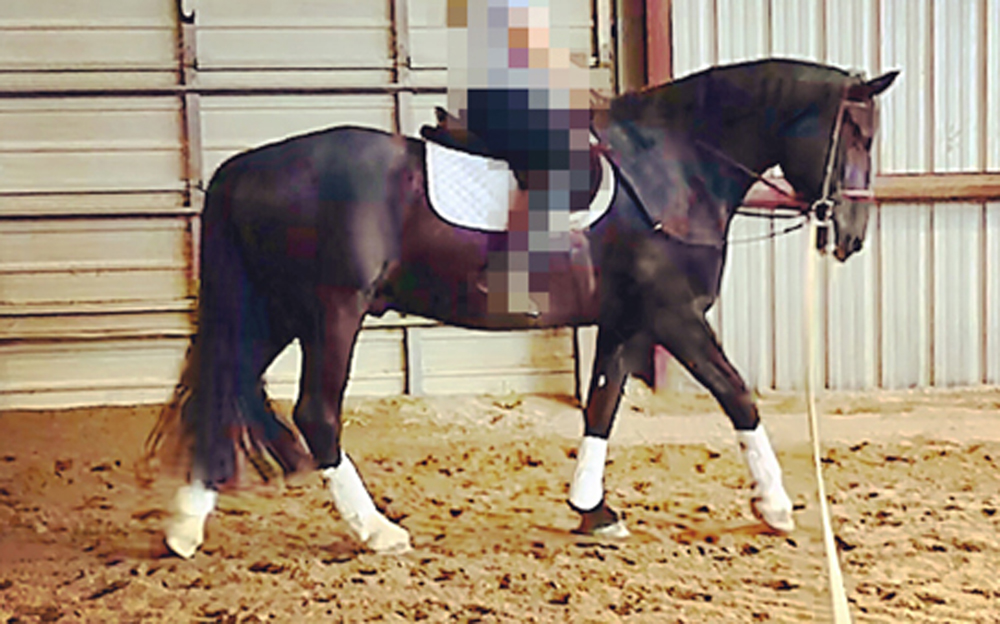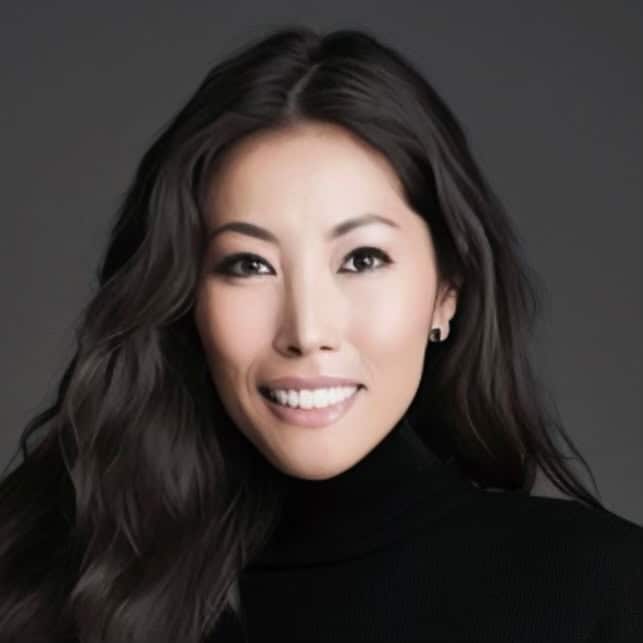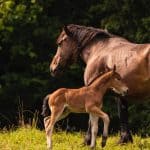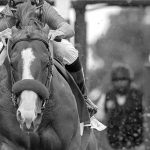THE AVERAGE HORSE
Background:
Over the years, I’ve looked at a lot of horses (and dogs, cats, birds…the list is endless, yes?) from kill-lots, rescues, or being given away for free, and one thing is clear: I’ve seen a lot of average horses that I would be glad to train, because even though they don’t look like something special right now (they’re run down, or they’re too skinny, or they’ve just simply been out of work for years and have lost their muscle tone), there is a seed of potential in them, waiting for someone to see it. So, I’m sharing some before and after photos of my “average” horse, Arthur, as an example.
He’s a Clydesdale/thoroughbred cross, ~17.2 hands, and about 13 or 14 years old when I started him back in training. I am his third owner, I bought him to carry an adult beginner rider who wanted a trail-type horse to learn how to ride, and I bought him when he was five. I included the above photo of Arthur (at 5 years old, when I purchased him) so you can see that this is not a fancy horse that’s simply been out of work for a few years. I paid under $10k for him, and he has no papers.
You can click on the photos in the gallery above in order to enlarge them. I have some initial impressions when I look at the above photos, but certainly, “flashy” is not one of them! What’s your verdict?
Analyzing the raw material:

This next photo (stall shot) is of Arthur at 14 when I first started working with him after a lengthy time off. While he has a glossy coat and healthy weight, he has no muscle tone and has obviously been living a life of leisure for a number of years.
Each one of his legs is pointing in a different direction suggesting he has lost his core strength and therefore will also have poor balance. Due to this lack of strength and balance, we can expect that in the early days of his training, any movement he executes will be difficult for him. This is not just a matter of building muscle, but strengthening ligaments and tendons. SLOW, light training, is the name of the game here, especially with a horse this big and heavy.
He also has several slight conformational difficulties extant: he is slightly cow hocked (a trait intentionally bred in drafts), he has a slightly short back, a thick neck (and you can see from the way the light reflects off of it that there is even a slight ewe to it), and he has no topline whatsoever. He also has a large head (not a trick of the camera!), which his lack of muscle tone accentuates. If I really wanted to be picky, I could go on, but in a nutshell, this is a big, drafty looking horse that’s weak, clumsy, lazy and appears to have no future place in the show ring.
The rehab process:


Would you have guessed that all of these photos are of the same horse?
So, what has set this horse on the road to becoming visually appealing, physically strong, graceful, and mentally capable of handling what he is being asked to do (and at his age, the new things he is being asked to learn)? The difference between these before and after photos are light but consistent training, and an adjusted diet focused on ensuring there are no nutrient deficiencies. In addition, careful attention is paid to his hoof-health on an ongoing basis (Incidentally, I keep him barefoot, but whether barefoot or shod, this requirement holds true.)
Like people, most horses aren’t born supermodels or super-athletes. I have found over the years, that when you learn to recognize the wealth of potential that lies within an “average” horse, that horse will reward you for your generosity and patience.
The environmental, physical and mental aspects of correct development must be addressed and it is a process that cannot be rushed (learn about Adaptive Development EQ’s Philosophy). If you can’t see it, or your trainer can’t see it, look until you find one who does, for there is not a man or beast among us, who could truly blossom in an environment where they are not nurtured.

So, in defense of the average horse, let me close with this: I own an “average” horse myself, and I find him to be quite extraordinary. When I let go of my personal snobbery and decided he actually was not “too cheap” for me, but rather, the perfect horse that had entered into my life at the perfect time, I was able to truly join him in partnership. In fact, of the many horses I have worked with over the years, he is and always will be one of my favorites.
“What lies behind us and what lies before us are small matters compared to what lies within us. And when we bring what is within us out into the world, miracles happen.”
-Henry Stanley HaskinsFor inquiries regarding Adaptive Development EQ’s equine wellness program, please contact us.

Euki is the founder of Adaptive Development EQ. She loves inspiring riders and owners through the developmental process of holistic, whole-horse training, and is on a mission to help them rediscover their horses and fall in love with them all over again.









